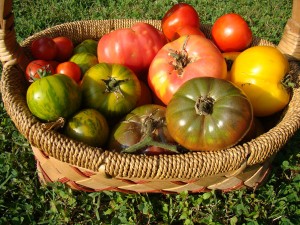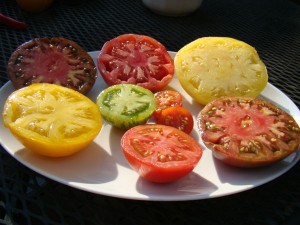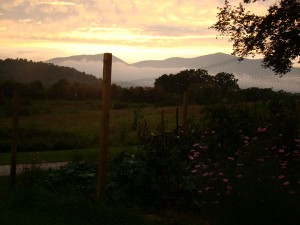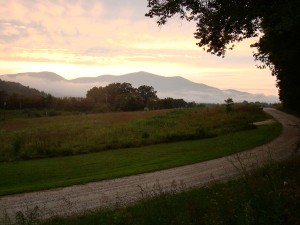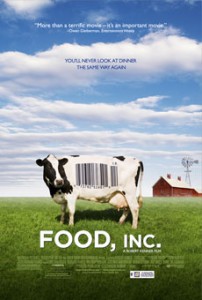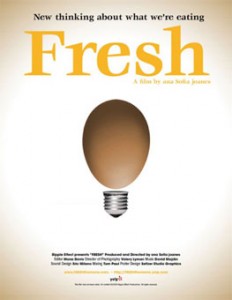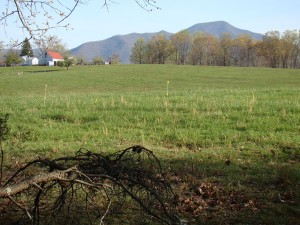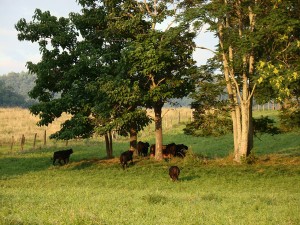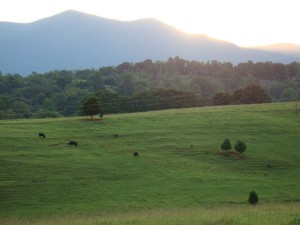Fri 21 Aug 2009
Keeping Up with the Tomatoes
Posted by Bob under Vegetable Garden
No Comments
It now seems amazing to me that that at the time of my last posting about our vegetable garden in mid-July, we were just getting a handful of Early Girl tomatoes. For weeks now tomatoes of many hues and varieties have poured forth from our garden, averaging 30-50 per day. (This on top of everything else mentioned earlier, with recent additions of carrots, eggplants, leeks, and melons).
Keeping up with this outpouring of tomatoes has been a challenge. We’ve been eating lots of gazpacho (there’s a nice simple recipe at Farmgirl Fare that not only dispenses with peeling and seeding, but with tomato juice as well), tomato sauce (click here for one favorite recipe, but follow the option for using fresh tomatoes) and salsa, salads (here’s a great recipe for black bean and tomato quinoa, although you can dispense with the complicated instructions for cooking quinoa and just cook it like rice, fluffing it up at the end), and of course tons of sliced tomatoes. But that’s made only a small dent, so we’ve been freezing tomatoes in various forms (but mainly just cored, bagged, and popped into the freezer) for uses in soups and stews in the winter. The fresh flavor holds amazingly well, even if the texture is mostly lost.
For my own memory and for fellow tomato growers (such as Donna, who posted a comment earlier on some of the varieties she is growing), I’m going to summarize and illustrate our experience over the past two years, when we began mainly to grow heirloom varieties rather than hybrids. (The distinction between these is variable, but in my view the key thing is that heirloom varieties are open pollinated while hybrids are not, with the further observation that the point of most hybridization has focused on appearance, ease of mass transport, and supermarket shelf life, rather than flavor.)
